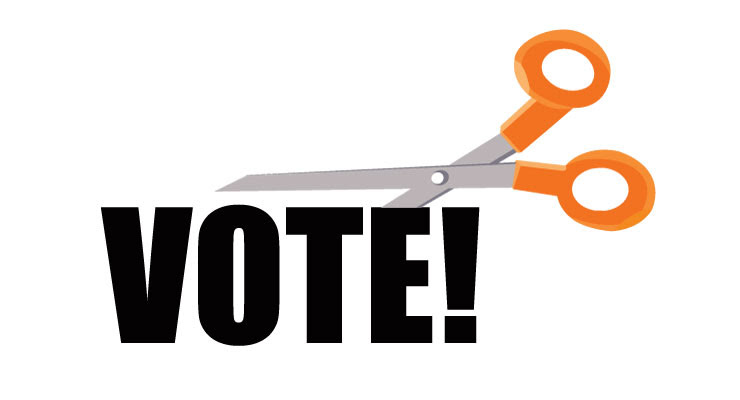 There was an interesting and lengthy new post on the subject of voting machines written by Spenser Mestel and published at Undark. Take a look at this excerpt:
There was an interesting and lengthy new post on the subject of voting machines written by Spenser Mestel and published at Undark. Take a look at this excerpt:
A large box arrived at Juan Gilbert’s office at the University of Florida. The computer science professor had been looking for this kind of product for months. Previous orders had yielded poor results. This time, though, he was optimistic.
Gilbert drove the package home. Inside was a transparent box, built by a French company and equipped with a 27-inch touchscreen. Almost immediately, Gilbert began modifying it. He put a printer inside and connected the device to Prime III, the voting system he has been building since the first term of the George W. Bush administration.
After 19 years of building, tinkering, and testing, he told Undark this spring, he had finally invented “the most secure voting technology ever created.”
Read the full article here. Also, be sure to also check out the Democracy Chronicles Election Technology section and our articles on Technology Dissidents, the Internet and Democracy or Voting Machines. The backlash against voting machines without a paper trail is underway as more are demanding the use of paper ballots across the country.
Even though any particular technology may be impressive, regular Democracy Chronicles readers might be skeptical of using anything more than good old-fashioned paper ballots. Democracy Chronicles is against the continued use of voting machines without a paper trail. Such machines can have a negative impact on voter confidence in election outcomes and are widely recognized as a potential vulnerability from a security standpoint. This point was expertly outlined in a great explanatory page on the website of the nonprofit fair election advocacy group, the Verified Voting Foundation:
The most important aspect of a voting system, with respect to accuracy, integrity and security, is whether or not it is independently auditable. That is, the very prerequisite to accuracy, integrity and security in today’s voting technology is that there be a voter-marked paper ballot, or at least a voter-verifiable paper audit trail, for every vote cast. This ensures that election officials will have something they can use to confirm whether or not the electronic tallies produced by the voting system accurately reflected the intention of the voters.
Leave a Reply